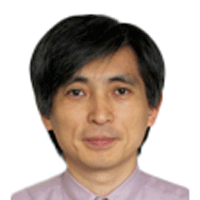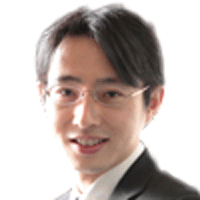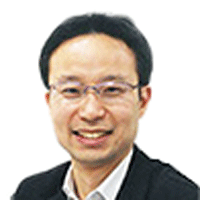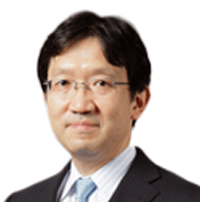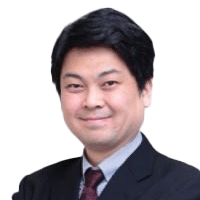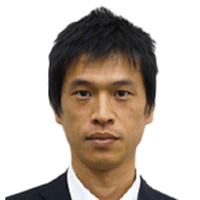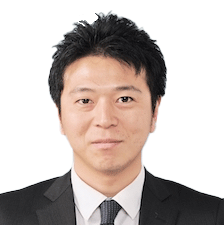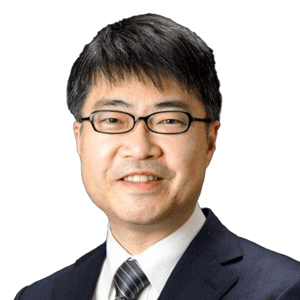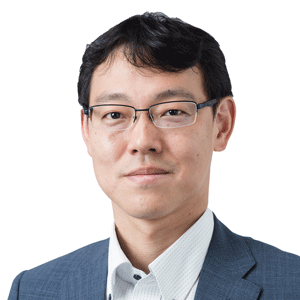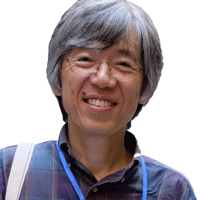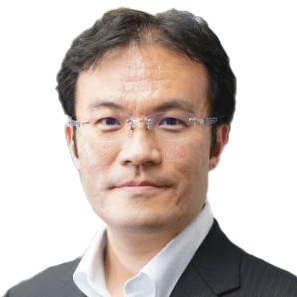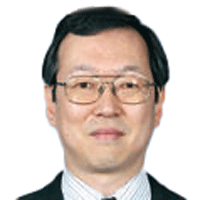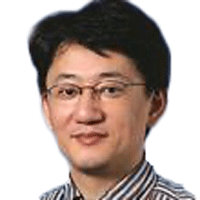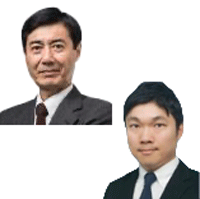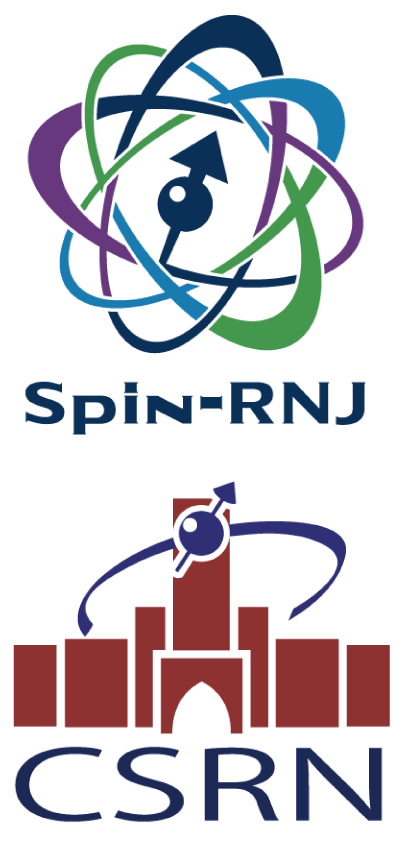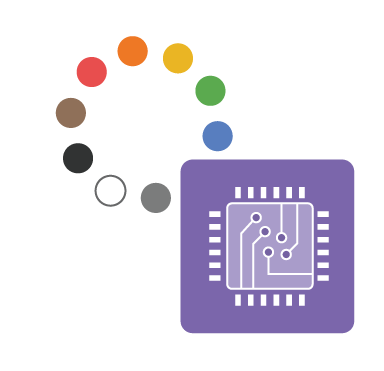
Innovative Devices
Mastering physics and developing innovative devices for the next generation
With the advent of the IoT and artificial intelligence society, the power consumption required for information processing is increasing exponentially. In order to realize a sustainable society, we are challenging to create cutting-edge devices that support the next generation by making full use of the latest knowledge in solid state physics, quantum mechanics, materials science, and statistical mechanics.
What is Innovative Devices?
The semiconductor integrated circuits that power all kinds of electronic devices are supported by extremely fine transistor elements made of silicon. As many as one billion transistors are already used in each smartphone, and the number of transistors required to support the IoT and artificial intelligence, which are expected to become fundamental technologies for the future of society, continues to increase. The number of transistors required to support the IoT and artificial intelligence, which are expected to be fundamental technologies for the future society, continues to increase. As a result, the power consumption required for such information processing is also increasing exponentially year by year, and is expected to reach 20% of the total power generation in Japan by 2025.
In order to realize a sustainable and clean society, we continue to take on the challenge of creating innovative devices for the next generation by making full use of the latest knowledge in solid state physics, quantum mechanics, materials science, and statistical mechanics. We are working on ultra-high performance transistors with new structures using new materials, neuromorphic computing that mimics the human brain using the fundamental laws of natural science, artificial intelligence devices/spintronics devices based on pure spin currents and spin waves that do not consume power in principle using relativistic quantum mechanics, and biocompatible devices using organic semiconductors. We aim to realize innovative technologies that are not extensions of conventional technologies, such as biocompatible wearable devices using organic semiconductors.
In order to advance such research, there is a limit to how far we can go with an application-oriented approach. As scientists, we also value exploratory science research that is rooted in a broad perspective and pure intellectual curiosity. If we can gain a deeper understanding of fundamental disciplines such as solid state physics and quantum mechanics, and if we can think flexibly without being bound by preconceived notions based on these disciplines, we can expect great breakthroughs. New and innovative device technologies that support a new society. This research field is on the eve of a revolution, and there are great opportunities for young people to play an active role on the international stage.
